Oopal (pronounced oo-pull) is Daden’s latest offering: a web-based editor allowing you to place and edit objects in a 2D environment, which will then roll out to the 3D environment (currently OpenSim and Second Life with Unity3D support coming in the next 6 months). Watch this brief walkthrough video to check it out for yourself:
OOPAL Quick Introduction from DadenMedia on Vimeo.
The full press release from Daden:
Birmingham UK, 27th June 2012: Educators and trainers can now create engaging immersive learning exercises more easily and rapidly using an innovative web-based application called OOPAL, developed by learning and visualisation specialists Daden Limited.
OOPAL (Object Orientated Practice and Learning) lets educators and trainers with little technical knowledge use the web to build 3D sets from an existing library of objects, and create, edit and manage the scenarios and simulations entirely from the web. Only when they’re ready to deploy do they need to enter the 3D virtual world and “push the button” to materialise the sets and exercises ready for students to use. With OOPAL, educators – and even students – can create and maintain worth-while learning experiences without needing to be virtual world experts.
Daden have been creating immersive learning experiences since 2008. Built on the success of their award winning virtual learning authoring software PIVOTE, Daden’s second generation system, OOPAL, makes exercise creation and maintenance significantly simpler – making it easier to involve tutors and even students in the design and build process.
David Burden, Daden’s Managing Director says “We found that the easiest way to describe immersive learning experiences was in terms of a drama – thinking about actors and props, the script and their behaviours rather than abstract concepts like nodes and links – and we’ve designed OOPAL to reflect that – considerably easing the process from exercise design to implementation.”
A key feature of OOPAL is that it allows educators to lay out the 3D environment using a simple 2D “kitchen designer” type layout tool. Drawing from a library of props and virtual actors, educators can assign behaviours to each object – how they will react when touched, pushed, spoken to or approached. Dialogues can even be assigned to the virtual actors for use within the simulation. Users can build just a single room or even a whole environment. What’s more – once they have built their set and simulation they can create multiple copies in their virtual world – again at the touch of a button.
Fundamental to the use of OOPAL, within a professional learning environment, is its ability to log and time-stamp every student interaction within the exercise. This can be reviewed within OOPAL, or exported in whole or part to a VLE or LMS. OOPAL also supports scoring mechanisms for in-exercise feedback.
David says “One of the obstacles in the adoption of immersive environments for learning has been the need for educators to be experts – not in their field of study but in building within virtual worlds. OOPAL dramatically reduces that barrier and gives educators and trainers the tools to create real-world learning experiences for their learners in a 3D environment”.
OOPAL can be accessed as a cloud-hosted service from Daden, or installed on an organisations’ own servers. OOPAL currently enables exercises to be developed in both OpenSim and Second Life. Daden plan to release a version for the Unity3D, and a web/iPad player in the next six months.
So what do you think? My initial impression from watching the video is that it would simplify things to some extent though the technical knowledge required is perhaps still a little high for some people. Personally I’ll be really keen to see the Unity version to see what it brings to the fray.
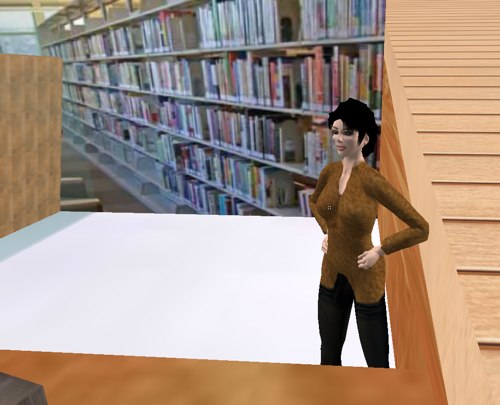
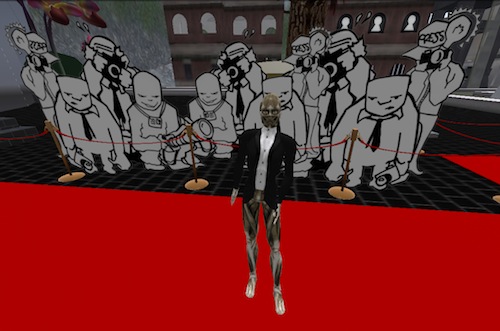

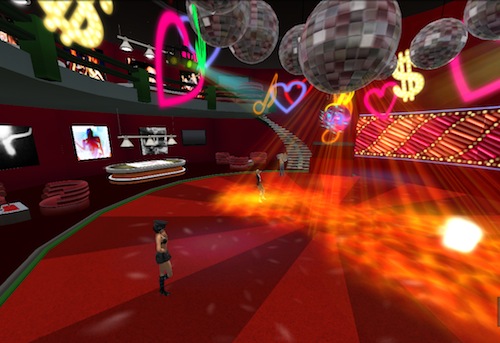
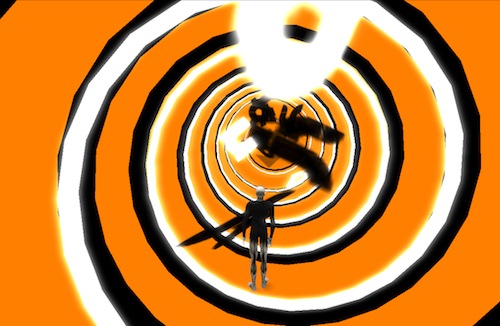
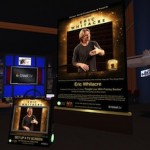
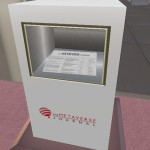

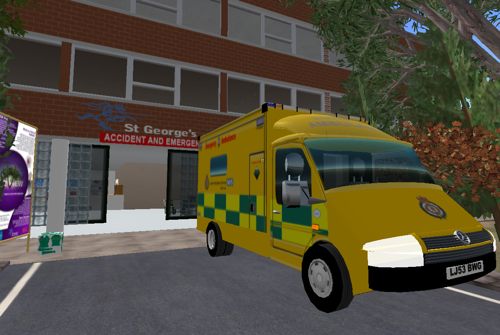
Recent Comments